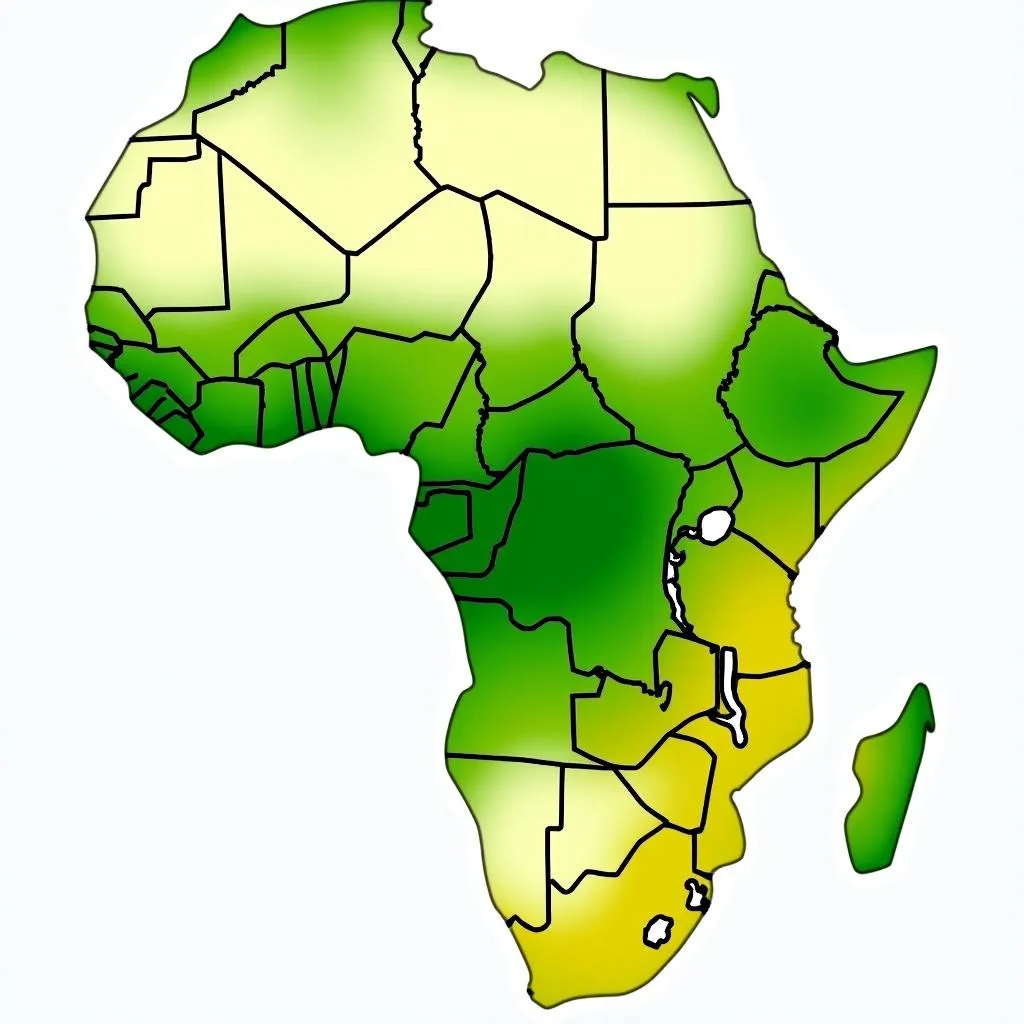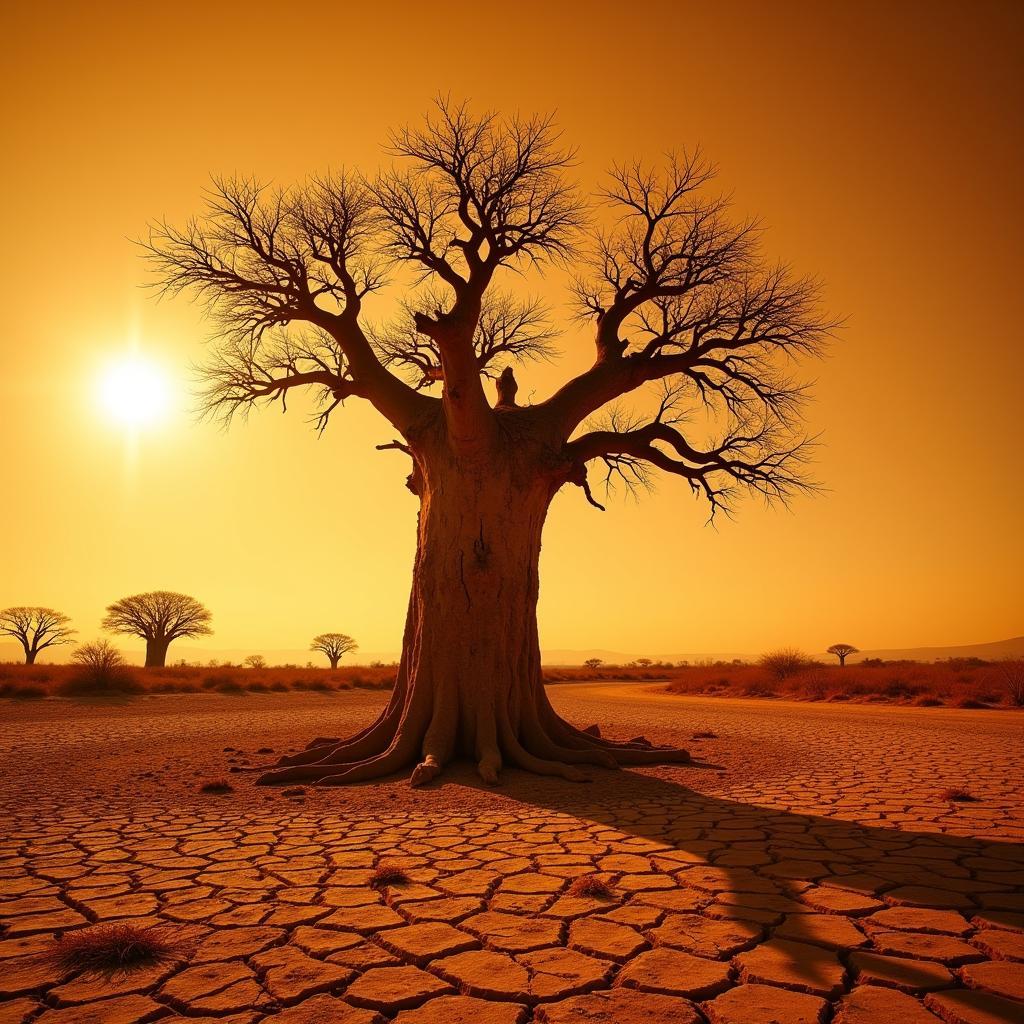African Countries by Forest Cover: A Comprehensive Guide
Africa, the second-largest continent, is home to a diverse range of ecosystems, including vast stretches of forests. These forests play a vital role in the continent’s biodiversity, climate regulation, and livelihoods of its people. But with deforestation on the rise, understanding the distribution of forest cover across different African countries is essential for conservation efforts.
This article will explore the forest cover of various African nations, highlighting key factors influencing their forest status, and the challenges and opportunities for sustainable forest management.
Forest Cover Statistics: A Snapshot of Africa’s Green Lungs
The continent’s forest cover is unevenly distributed, with significant variations between countries. Here’s a breakdown of some of the major players in terms of forest cover:
- Democratic Republic of Congo (DRC): The DRC boasts the largest expanse of tropical rainforest in Africa, covering an astonishing 45% of the country’s landmass. This dense forest, known as the Congo Basin, is a global biodiversity hotspot, housing a vast array of plant and animal species.
- Congo: The Republic of Congo, a neighboring nation, is also rich in forests, with an estimated 65% forest cover. This country holds vast reserves of timber, but faces challenges from illegal logging and deforestation.
- Gabon: This Central African nation is renowned for its well-preserved forests, covering approximately 85% of the country’s land area. Gabon’s commitment to sustainable forest management has garnered international recognition.
- Cameroon: With a forest cover of around 49%, Cameroon harbors significant portions of the Congo Basin rainforest. This country faces pressure from agricultural expansion and illegal logging, demanding careful resource management.
- Liberia: Situated in West Africa, Liberia’s forests cover about 42% of the country. This nation has seen a significant increase in forest cover in recent years due to reforestation initiatives and conservation efforts.
These are just a few examples of African countries with significant forest cover. The continent’s forests are a valuable asset, supporting not only biodiversity but also economic development, livelihoods, and climate regulation.
Factors Influencing Forest Cover in Africa
A myriad of factors contribute to the varying levels of forest cover across different African nations. Here are some of the key influences:
- Climate: Africa’s diverse climate zones play a significant role in forest distribution. Tropical rainforests thrive in humid, equatorial regions, while drier climates support savanna woodlands and semi-arid forests.
- Geography: The continent’s varied topography, including mountain ranges, plateaus, and valleys, also influences forest cover. For example, the Ethiopian Highlands, with their high altitudes and abundant rainfall, are renowned for their diverse forests.
- Population Density: High population densities can put pressure on forest resources, leading to deforestation for agriculture, fuelwood, and other needs. Countries with lower population densities often have higher forest cover.
- Economic Activities: Forest resources are often exploited for economic gain, driving deforestation for timber extraction, mining, and agricultural expansion. Sustainable forest management practices are crucial for balancing economic needs with environmental conservation.
- Political Stability: Countries facing political instability or conflicts often experience higher rates of deforestation as resources are exploited and conservation efforts are neglected.
- Government Policies: Effective forest management relies on strong government policies that promote sustainable practices, address illegal logging, and protect forested areas.
Challenges and Opportunities for Sustainable Forest Management in Africa
Africa’s forests face numerous challenges, but there are also opportunities for sustainable management:
- Deforestation: The rapid conversion of forests to other land uses, primarily for agriculture and timber extraction, poses a major threat to Africa’s forests. This loss of forest cover has severe ecological and economic consequences.
- Climate Change: Climate change exacerbates deforestation, with increased droughts, wildfires, and changes in precipitation patterns impacting forest health and resilience.
- Illegal Logging: The illegal harvesting of timber is a widespread problem in many African countries, undermining efforts to protect forests and generate revenue from sustainable forestry.
- Lack of Resources: Limited resources, including funding, technology, and trained personnel, hinder effective forest management in many African nations.
Despite these challenges, there are promising opportunities for sustainable forest management:
- Community Forestry: Engaging local communities in forest management can help protect forests while ensuring the benefits of sustainable forest use are shared among communities.
- REDD+ (Reducing Emissions from Deforestation and Forest Degradation): REDD+ initiatives offer financial incentives for countries to reduce deforestation and protect their forests, providing much-needed resources for sustainable forest management.
- Ecotourism: Developing ecotourism opportunities can generate revenue from forests while promoting conservation and awareness.
- Forest Certification: Certifications, such as the Forest Stewardship Council (FSC), ensure timber is harvested sustainably, promoting responsible forestry practices.
The Importance of African Forests: A Call to Action
Africa’s forests are crucial for the well-being of the continent and the planet. They provide essential ecosystem services, including:
- Carbon Sequestration: Forests act as carbon sinks, absorbing carbon dioxide from the atmosphere and mitigating climate change.
- Biodiversity Conservation: Africa’s forests are home to a vast array of plant and animal species, many of which are endemic to the continent.
- Water Regulation: Forests play a vital role in regulating water cycles, ensuring water availability for ecosystems and human communities.
- Livelihoods: Forest resources provide essential livelihoods for millions of people across Africa, including income from timber, non-timber forest products, and tourism.
Protecting and managing Africa’s forests sustainably is a crucial task that requires the collaboration of governments, communities, and international partners. By addressing the challenges and embracing opportunities, we can ensure the long-term well-being of these vital ecosystems.
FAQs:
- What are some of the most forested countries in Africa?
- As mentioned, the DRC, Congo, Gabon, Cameroon, and Liberia are some of the African nations with the highest forest cover.
- What are the main threats to African forests?
- Deforestation, climate change, illegal logging, and lack of resources are some of the most pressing threats.
- How can we help protect African forests?
- Support sustainable forest management initiatives, choose certified timber products, reduce consumption of forest products, and advocate for policies that protect forests.
- What are the benefits of preserving African forests?
- They play a crucial role in biodiversity conservation, climate regulation, water management, and providing livelihoods for millions of people.
- What are some examples of successful forest conservation efforts in Africa?
- Gabon’s focus on sustainable forest management and community forestry initiatives in Liberia are examples of successful conservation efforts.
 Map of African Countries by Forest Cover
Map of African Countries by Forest Cover
Africa’s forests are a treasure trove of biodiversity and a vital component of the global ecosystem. By understanding the factors influencing forest cover, the challenges faced, and the opportunities for sustainable management, we can work towards preserving these invaluable resources for future generations.


